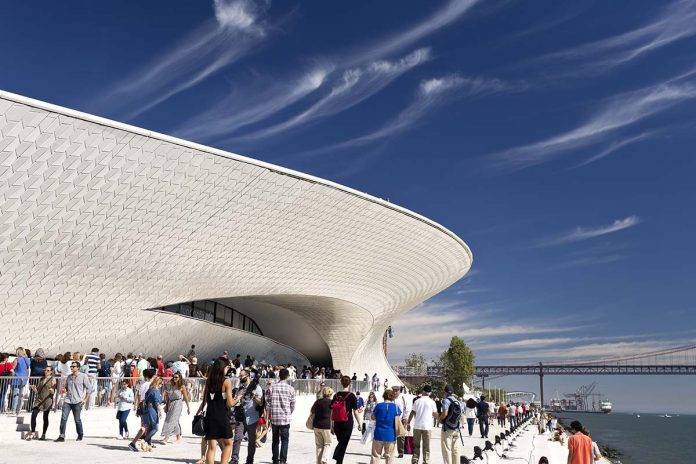From 30 November to 2 December Lisbon hosted the World Architecture Festival, one of the world’s most important events in this field. This year’s theme was “Together,” approached through seminars, exhibitions and talks that offered pertinent viewpoints on new developments and the future of architecture. The festival was also interesting due to the choice of the city, which has a very vital creative community.
The capital of Portugal perches on hillsides from which to view the Tagus River, an enormous expanse of water flowing into the Atlantic Ocean. The green mass of the part of Monsanto is also impressive, almost 1000 hectares of nature set into the city. A unique urban panorama, marked by the characteristic façades decorated with tiles, full of fine works of architecture from the past, converted industrial spaces and contemporary experiments.
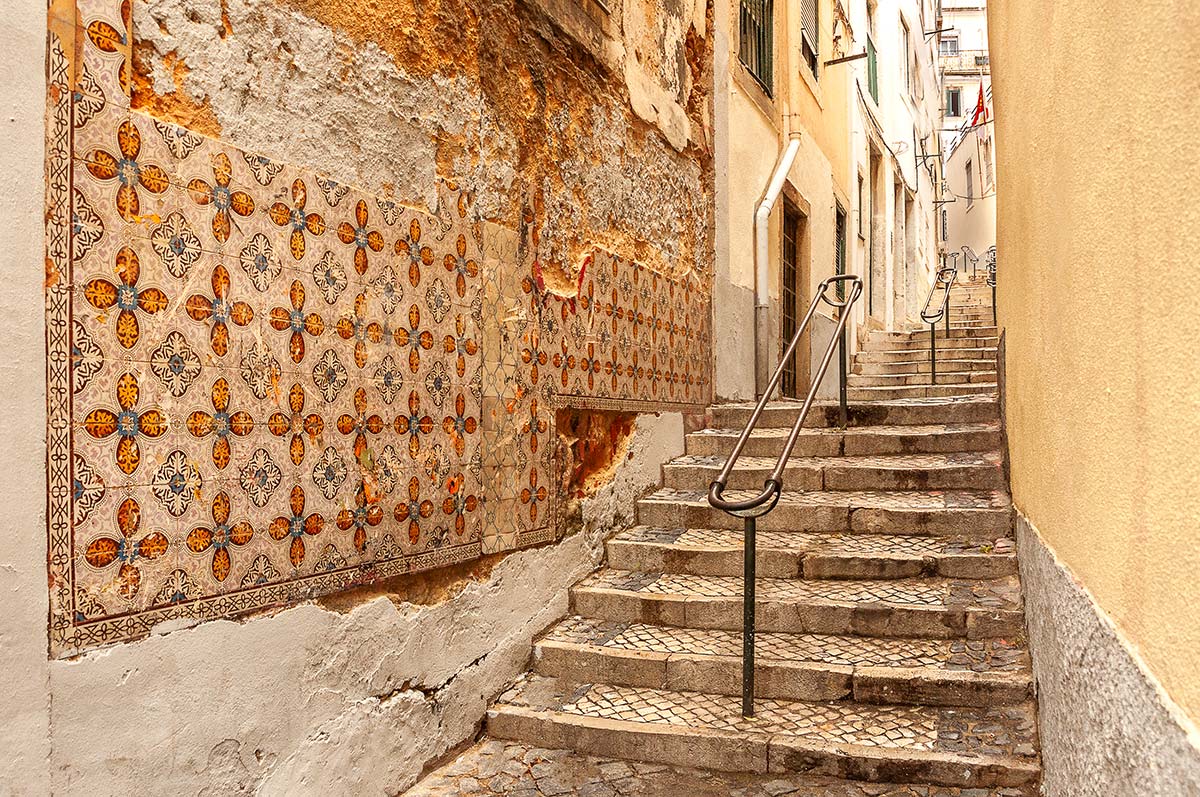
The Alfama district
Alfama is the historic center of Lisbon and represents one of the city’s finest zones of historical and artistic interest. Its houses are fascinating, in the faded red color typical of this part of Portugal, works of architecture with Arabian influence that conserve the original spirit of the city intact. The streets are lined with small crafts workshops, and the famous flights of steps leading to the miradouros (panoramic terraces, at times almost hidden) and the “casas de fado” where you can listen to traditional local music.
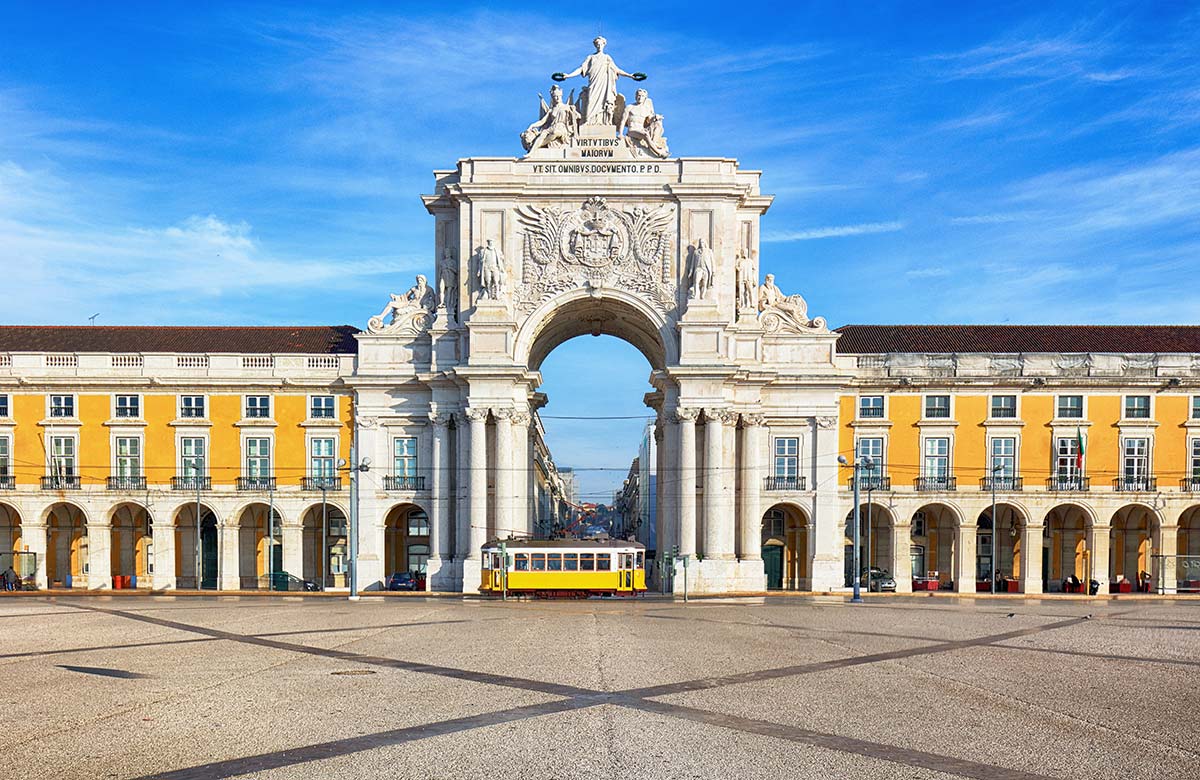
Baixa, Rua Augusta and Praça do Comércio
Baixa is known as the area of the rebirth of Lisbon, because this was the zone that was immediately reconstructed – in splendid neoclassical style – after the terrible earthquake of 1755 that destroyed much of the city. Baixa is full of buildings and palaces with ornate façades, as well as shops, bars and restaurants. Here you can walk down Rua Augusta, one of the main arteries of Lisbon, and it is here that you arrive, after passing below a majestic triumphal arch, in the enormous Praça do Comércio, one of the most important squares of the capital.
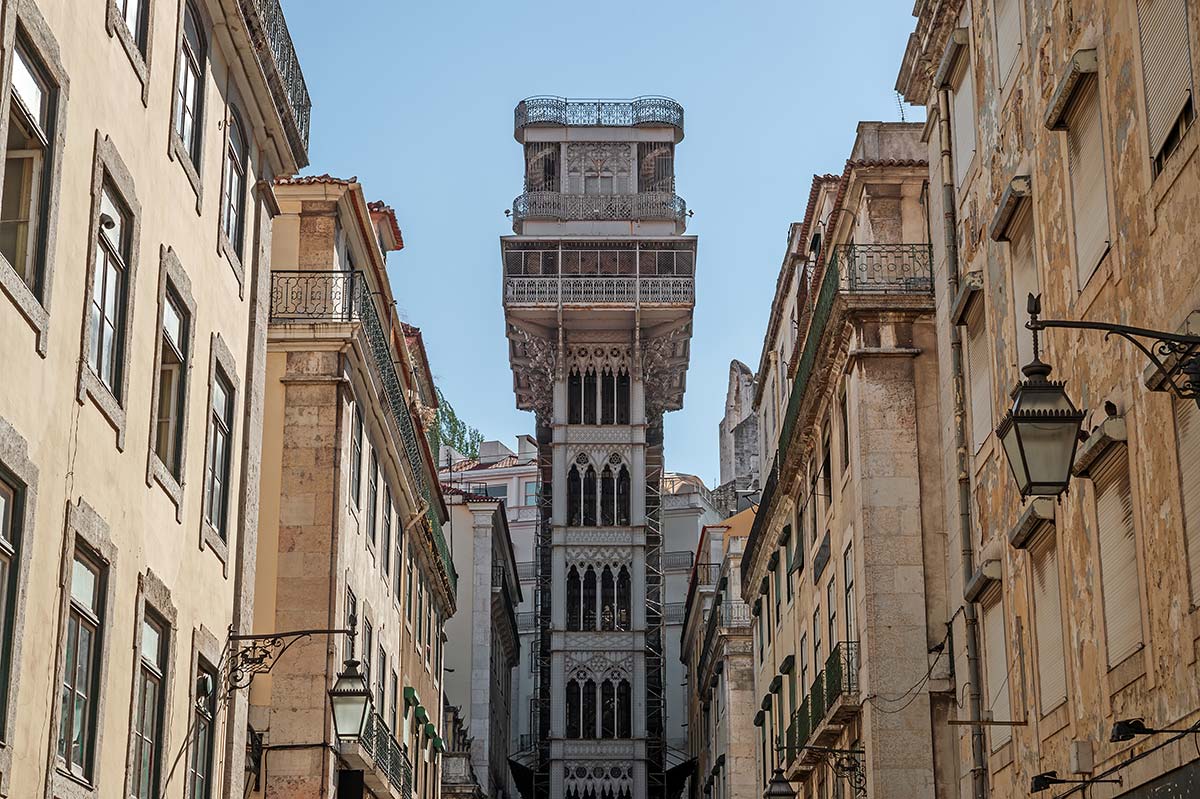
Bairro Alto and Tram 28
Those in search of entertainment, night spots, music and elegant lounges should head for Bairro Alto, once a residential zone of Lisbon, which has become the epicenter of the Lisbon movida, and a haven for many artists.

Another well-known and characteristic symbol of Lisbon is Tram 28, the iconic line of transport that cuts the city in two, passing by the historical center and reaching Praça Martim Moniz, one of the city’s oldest squares.
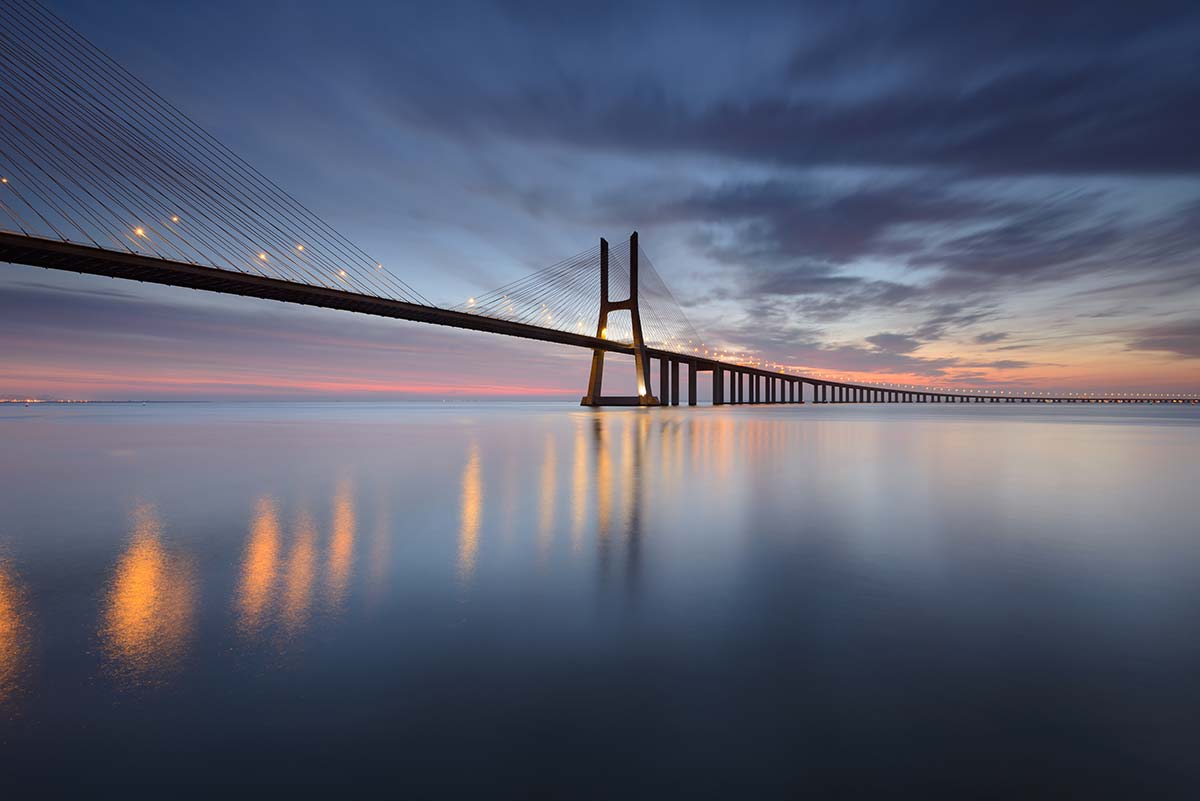
Vasco da Gama Bridge
The Vasco da Gama Bridge crosses the Tagus River and connects the eastern part of the city to the localities of Montijo and Sacavém. Opened on 4 April 1998, with its 17.2 kilometers it is one of the longest bridges in Europe. The two enormous pylons make it an extraordinary urban landmark. The bridge was designed by the Portuguese engineer Armando Rito, and built for the occasion of Expo 1998, held in the Portuguese capital.

MAAT
The Museum of Art, Architecture and Technology is one of Lisbon’s most important cultural centers. It is in the Betlemme zone, right in front of the Tagus, next to two other important museums: the Electricity Museum and the National Coach Museum. The building is futuristic, with architecture that catches the eye of passers-by.
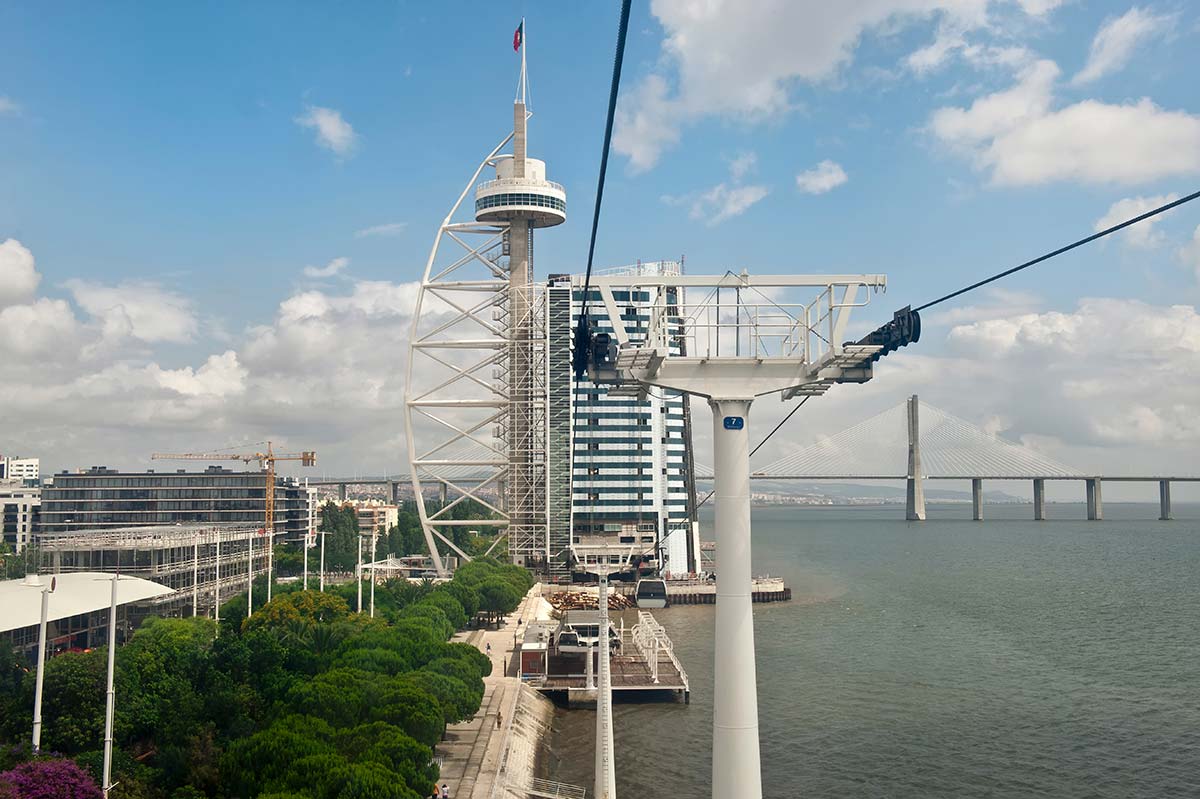
Parque das Naçoes and the Oriente station
For all those who want to know more about modern Lisbon, we recommend heading for Parque das Naçoes, the new zone of the city designed by the Portuguese architect Álvaro Siza Vieira at the time of Expo 1998. This is an enormous park facing the river, a luminous and very striking location.
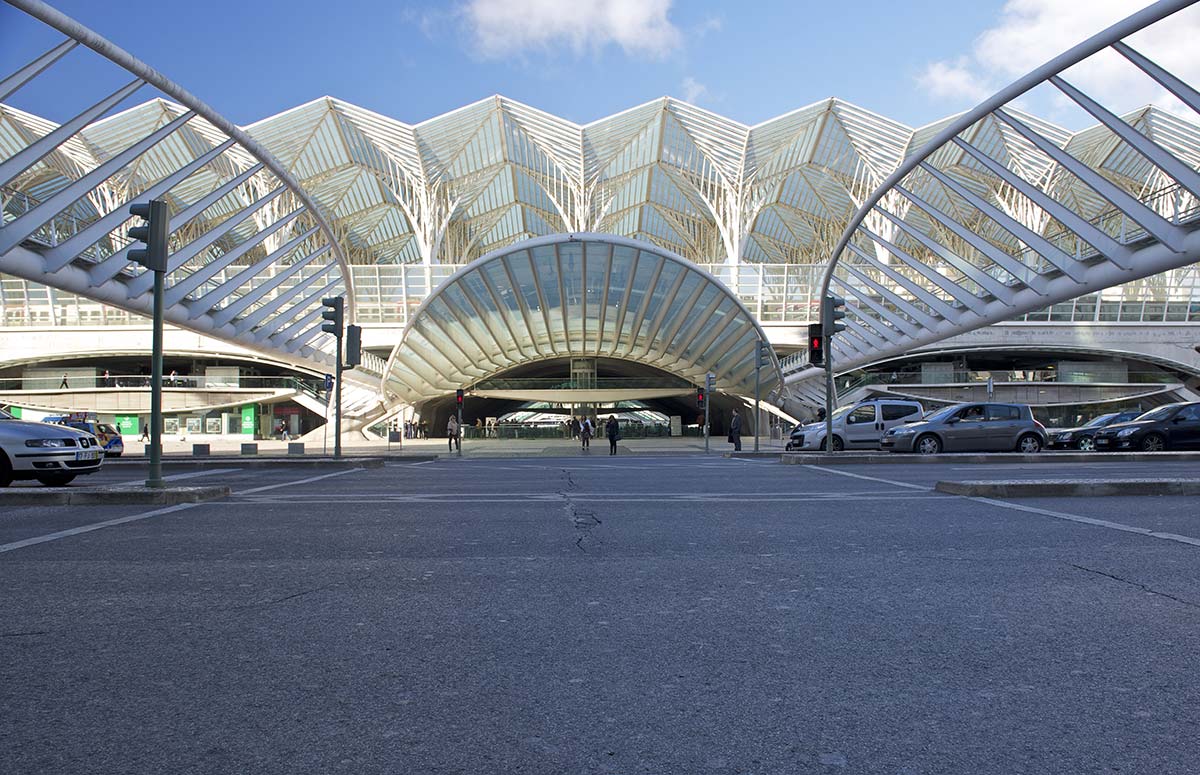
Parque das Naçoes also contains one of the most outstanding urban works in Lisbon: the Oriente station. Created by Santiago Calatrava, this elevated rail station has an enormous glass roof with a large tunnel for access to the station, which has become a tourist attraction precisely because it is possible to take remarkable photographs of the evocative vista.
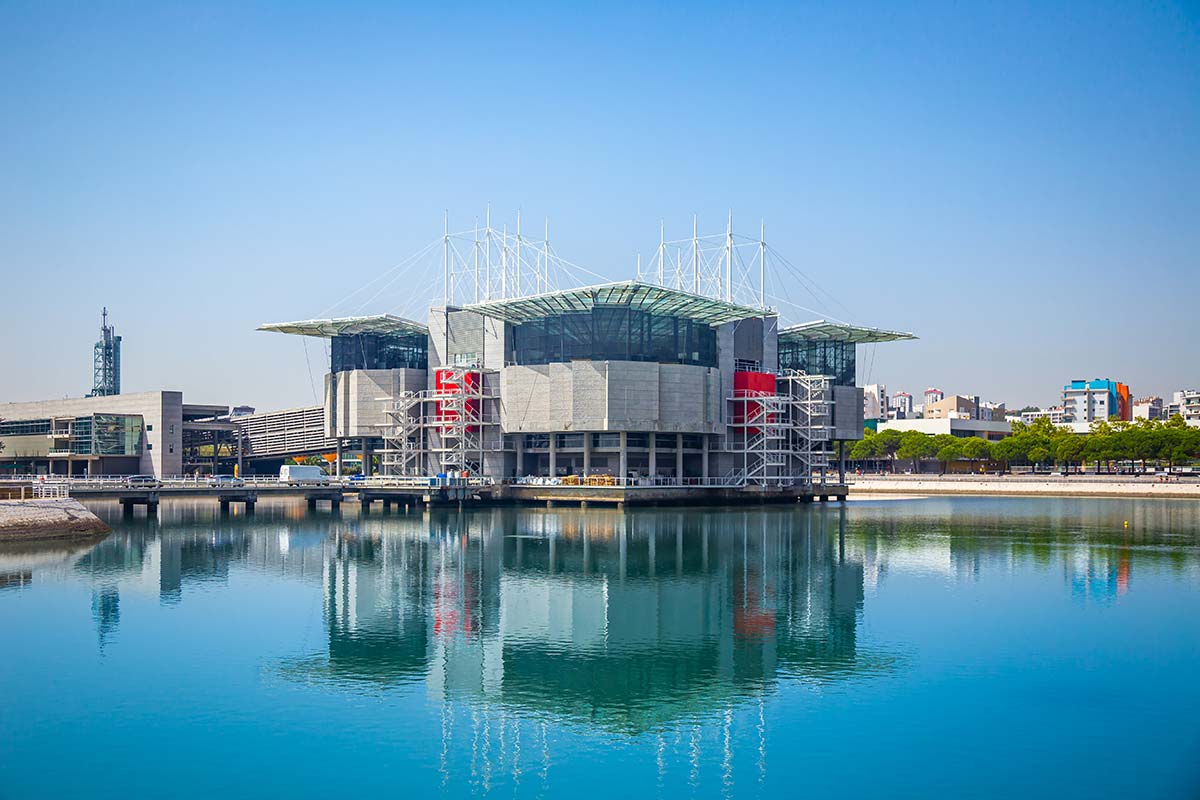
Océanario and Pavilhão do Conhecimento – Ciência Viva
Also inside the Parque das Naçoes, the Océanario is an aquarium containing over 15,000 specimens of more than 450 species, with a futuristic structure that ‘floats’ on the water, reached by means of footbridges.
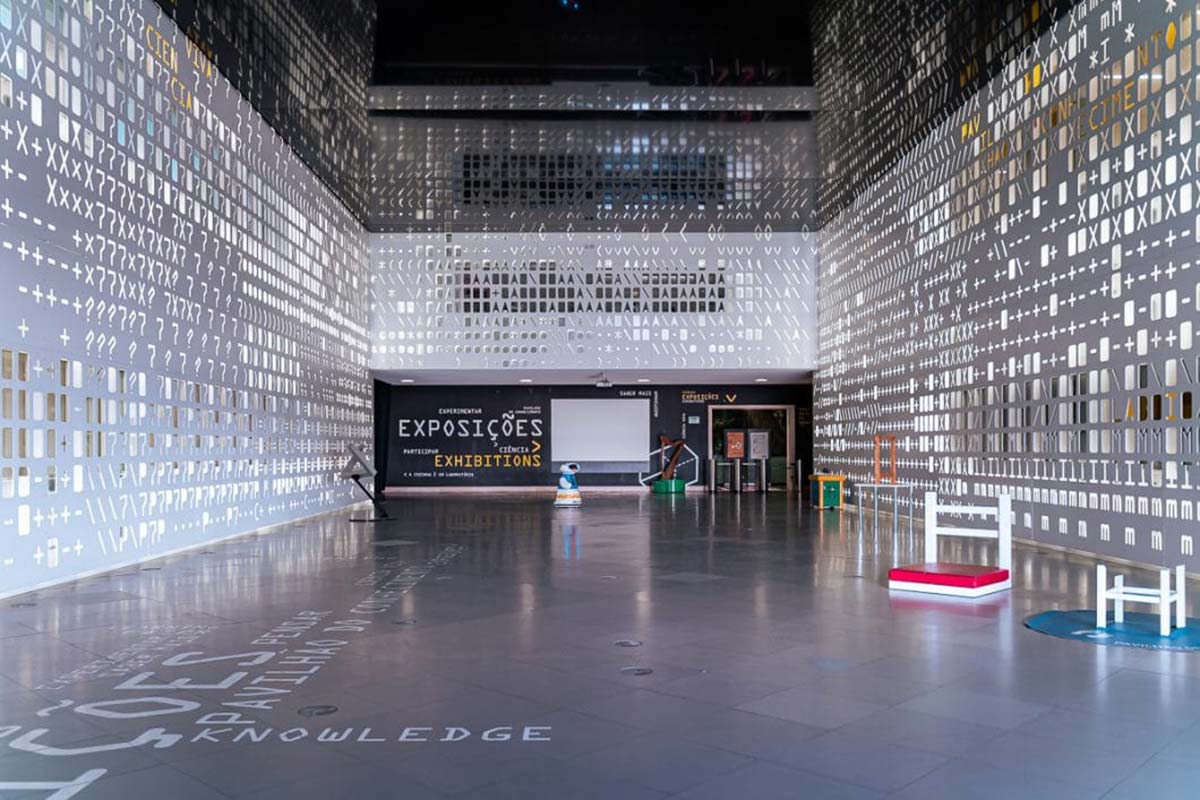
Not far from the Océanario you can visit the ‘Pavilion of Knowledge’: an interactive museum created with the aim of fostering knowledge and spreading technological and scientific culture. The museum building was designed by the architect José Luís Carrilho da Graça for the Pavilion of Knowledge of the Seas of Expo ’98, and in 1999 it received the “Grande Prémio do Júri FAD 1999” in Barcelona, for its ability to combine simplicity and complexity in a single structure.

